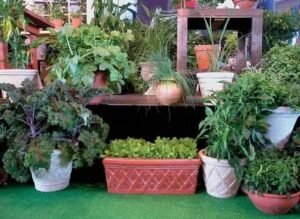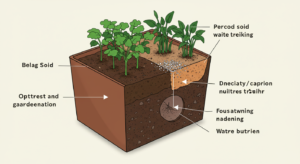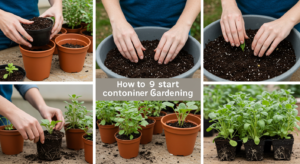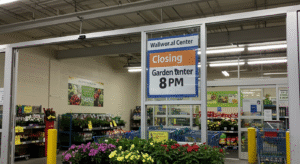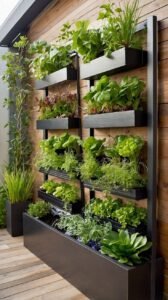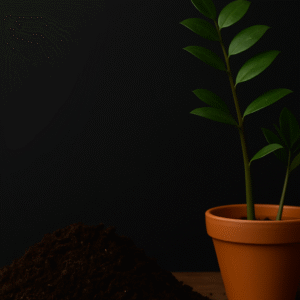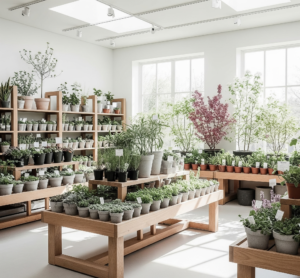What Is Vegetable Container Gardening
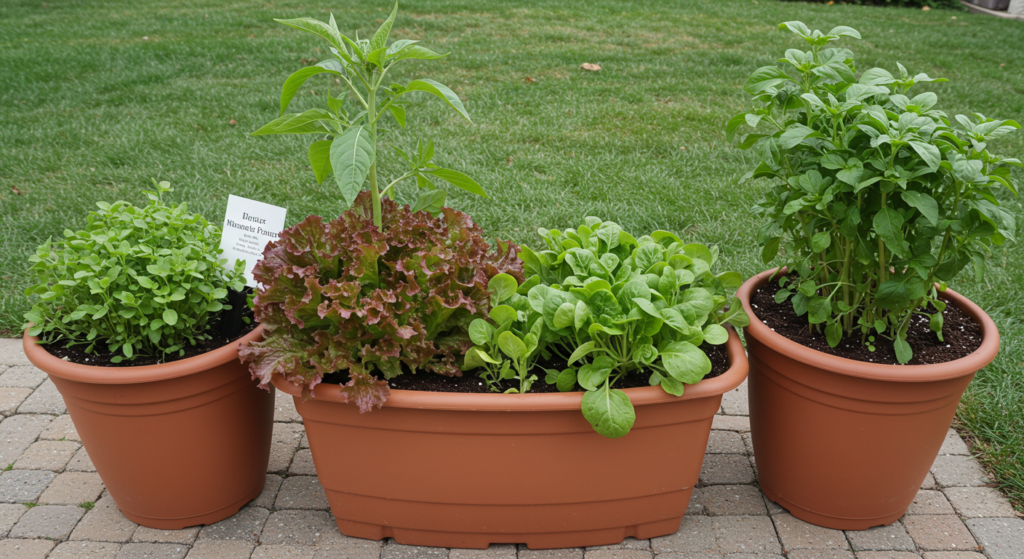
What Is Vegetable Container Gardening
If you ever wish to pick fresh vegetables but do not have a conventional backyard garden, vegetable container gardening might be the way to go. It’s a simple means to grow edible plants, even when you only have a balcony, a sunny step, or a windowsill. More and more people are giving up their green grassy backyards for less spacious city living, so this type of gardening is becoming popular. In this article, we’ll cover what vegetable container gardening is, why it’s convenient, how to begin, and what vegetables are best for new gardeners to grow in pots.
Understanding Vegetable Container Gardening
If you ever wish to pick fresh vegetables but do not have a conventional backyard garden, vegetable container gardening might be the way to go. It’s a simple means to grow edible plants, even when you only have a balcony, a sunny step, or a windowsill. More and more people are giving up their green grassy backyards for less spacious city living, so this type of gardening is becoming popular. In this article, we’ll cover what vegetable container gardening is, why it’s convenient, how to begin, and what vegetables are best for new gardeners to grow in pots.
Why Grow Vegetables in Containers
Container gardening has numerous advantages over conserving space. In the first place, container gardens are extremely easy to relocate; they can be put on balconies, decks, patios, windowsills, or hung from railings. Because you get to select the soil, you don’t have to struggle with local weeds, insects, or poor soil. The ability to relocate them is another significant benefit.
You can relocate your containers to access more sunlight or take them inside in the event the weather is nasty. For tenants, the portability is easy, meaning you can take your garden with you whenever you move. Moreover, container gardens are an excellent place for beginners. With a few pots, even someone who is uncertain about gardening can try it out, without having to dig in the ground or contend with heavy equipment.
Getting Started
It is easier than you realize to start your vegetable container garden. Begin by selecting containers large enough to support the vegetables you wish to plant. A five-gallon bucket is ideal for a tomato plant, but lettuce and other leafy greens prefer shallow trays. Bottom holes in each container are essential since plants hate wet roots. Then, pot with a quality potting mix rather than garden soil. Potting mix is lighter, drains more efficiently, and typically contains additives your vegetables will appreciate to help them grow well.
When watering, container plants dry out more quickly than in-ground plants, so monitor the moisture more often, particularly in hot weather. Most vegetables require at least 6–8 hours of sunlight per day, so place your containers in the appropriate locations. If you prefer to grow organically, use compost-based mixes and organic pest deterrents, such as neem oil, or growing some plants in combination.
Best Vegetables for Container Gardening
Some vegetables are ideal for container gardening. Leafy greens like lettuce, spinach, and kale are low-maintenance and fast-growing. Cherry tomatoes, bush beans, peppers, and radishes are all small, prolific, and great for beginners. Basil, parsley, and chives are great companions and add flavor to your garden and supper. Always reference the plant labels or seed packets for spacing and depth information. One of the greatest things about container gardening with vegetables is the ability to walk out the door and pick fresh ingredients for a salad or stir-fry: grocery-to-balcony freshness, thanks to your job.
Summary
Vegetable container gardening is a demonstration of the fact that one does not need to have a farm or a backyard to grow vegetables. Provided with some pots, an adequate amount of sun and soil, and a waiting game, any individual can grow a small veggie garden wherever they are located. Begin modestly, experiment with what has worked in your location, and be thrilled to harvest your initial homegrown vegetable. Want more information? Look to local nurseries or garden websites for tips and suggestions in your location. Your windowsill is where to begin.
